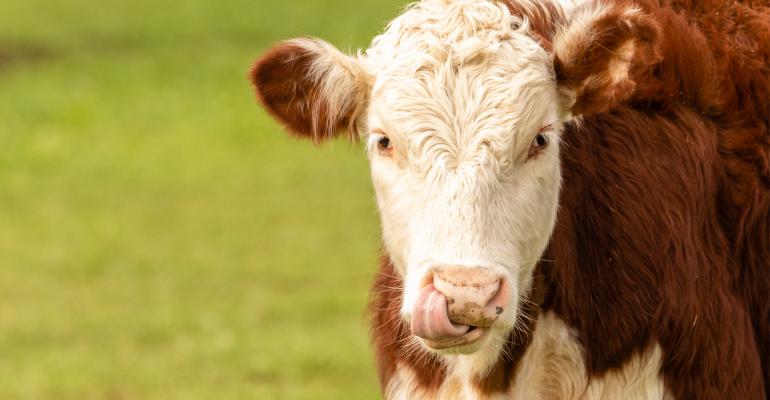Selecting replacement heifers using production records, herd goals and available resources allows producers to manage feed costs and improve heifer selection.
As the seasons come and go, the production cycle of the beef herd also changes. Cows calve, calves grow and replacement heifers are selected. Selecting replacement heifers using production records, herd goals and available resources can ensure the correct females are staying in the production system.
Just as purchasing a new herd bull can directly impact genetic improvement, selecting replacement heifers that match your production goals and available resources can impact the bottom line. Production records are one tool in the selection process. Maintaining herd records on cow productivity could include calving date, birth weights, weaning weights, calving assistance, calf survivability, cow body condition score, cow characteristics, calving intervals and temperament.
Heifers born from dams needing assistance with calving and nursing because of teat or udder defects or poor temperaments should not be retained. Knowing 50% of a replacement heifer’s genetics come from the dam, analyzing the dam’s collective data before you head out to sort heifers into the “keep” or “feedlot” pen can make decisions easier at the sorting gate.
Heifer selection
Knowing which heifers look good on paper can help keep you from selecting only one trait, such as body size. For instance, using records to calculate a 205-day age when selecting heifers at weaning can determine which heifers meet your growth rate goals. Keeping the biggest heifers each year could have a detrimental effect. Yes, you could be keeping the most efficiently growing heifers, but in the long run, this could move the mature cow herd to a larger-than-desired mature cow size. Knowing the “big” heifers are bigger than their counterparts due to age and not genotype is helpful in selection. Select the oldest heifers that meet your criteria.
Early born heifers have higher rates of puberty attainment prior to the start of their first breeding season. As a result, early born heifers conceive earlier in the breeding season and therefore calve earlier in the calving season. This results in early born heifers having older and heavier calves at weaning, as well as improved reproductive performance in subsequent breeding seasons — thus, helping to maintain a tight calving window to produce a more consistently sized calf crop in the following years.
Take time during the winter months to determine your herd’s production and profitability goals. Production goals should include calving windows, weaning weights, number of calves weaned and herd size. Profitability goals are just as important, and replacement heifers can make or break those goals. Will the group of heifers stay within your budget, or are you selecting heifers that need more supplemental feed to reach breeding weights? Will they mature into cows that match available resources? Meeting the nutritional requirements of growing heifers with the same resources they will be fed as mature cows will help match the heifers’ ability to perform on those feedstuffs when they mature — thus, managing feed costs. Select heifers from older cows, as these cows are successful in the current production system, and replacement heifers must grow and develop in similar feeding conditions.
In the upcoming year, increased feed costs to support heifer development will need to be analyzed to determine financial feasibility. Keeping feed and forage costs in check requires matching the cow and herd size to available feed resources. Selecting replacement heifers using production records, herd goals and available resources allows producers to manage feed costs and improve heifer selection.
Source: Beef Magazine Column Carolyn Ihde | Nov 30, 2021
Ihde is the Extension ag educator for Richland and Crawford counties in Wisconsin. This column is provided by the University of Wisconsin Division of Extension Livestock Team.
Photo: David Hewison/Getty Images








